- Call us: 01444 237070
- Contact Us
- Stores
- Sign In / Register
-
- Back
- Used Cameras
- Used Lenses
- Used Video
- Used Film Equipment
- Used Stock Alert
- Used Accessories
- Recently Added Used Equipment
- Used Clearance
- Faulty
- Park Picks
- Sell or Part Exchange
- Trade-In
- Blog
- New in
- Call us
- Contact us
- Stores
- Sign in
- Categories
- Tips & Inspiration
- Reviews
- News
- Events
- Features
- Buying Guides
- Competitions
Making the Most Out of Spring Photography
Although taking photos in winter can be pleasant beyond its challenges, you’d struggle to find someone who prefers it to the beautiful season of spring. Unlike its icier predecessor, it’s the first season of the year where, instead of having to motivate yourself to face the elements, you want to be outside.
Take Stunning Spring Photos | Tutorial Tuesday Video Tips
It’s a season of growth and new life – almost everywhere you go this season, if you look around, your surroundings will grow vibrant and colourful. With the leaves back on the trees and the sun back in the sky, you’d have to be crazy not to go out and start taking photos!
While inspiration is almost everywhere at this time of year, it’s always helpful to head out with direction to make the most out of your spring photography. By knowing the best subjects, planning for the perfect weather and connecting with the theme of spring, you’ll be on your way to making this season incredibly worthwhile and making the most out of your spring photography.
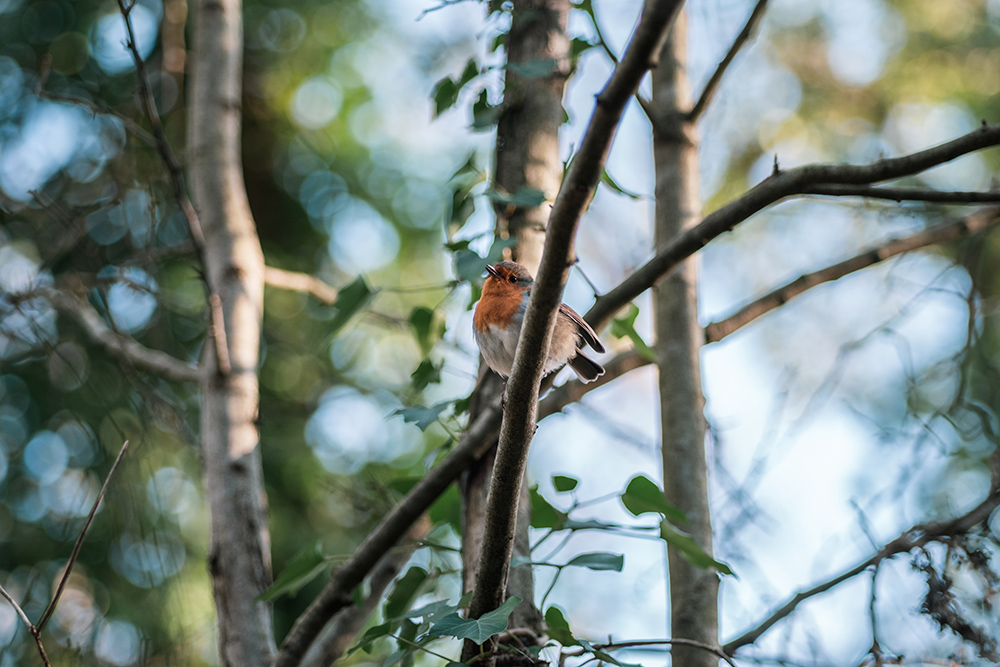
Robin taken with Fujifilm X-T4 and Samyang XF 75mm f/1.8 Lens. Settings: 1/500 sec. f/1.8. ISO 160
Spring Themes
A change in season rewards any form of photography involving the outdoors. Variation in your scenery always provides new ideas for photos that engage and fascinate viewers, as you’re always likely to capture something unique.
Springs presents a massive opportunity to focus your energy towards nature. As the season of new life, it’s possibly the most environmentally active time of the year. Everywhere is practically buzzing with energy, providing you with no shortage of subjects.
No matter what part of the year you’re in, when shooting outdoors, embracing the spring atmosphere with your photography adds so much more depth and storytelling to your photos. For instance, shooting in winter rewards leaning into its bleakness, and summer photography highlights capturing heat.
With spring, you have a broader selection of what you can capture. Unlike working at the extremes of the annual weather cycle; spring provides sun, growth and colour, and yet still a few crisp, misty traces where cold meets warmth. If you’re looking to represent the season through photography, capturing both the light and dark days is essential, as they both encapsulate the gradual growth from winter to summer.
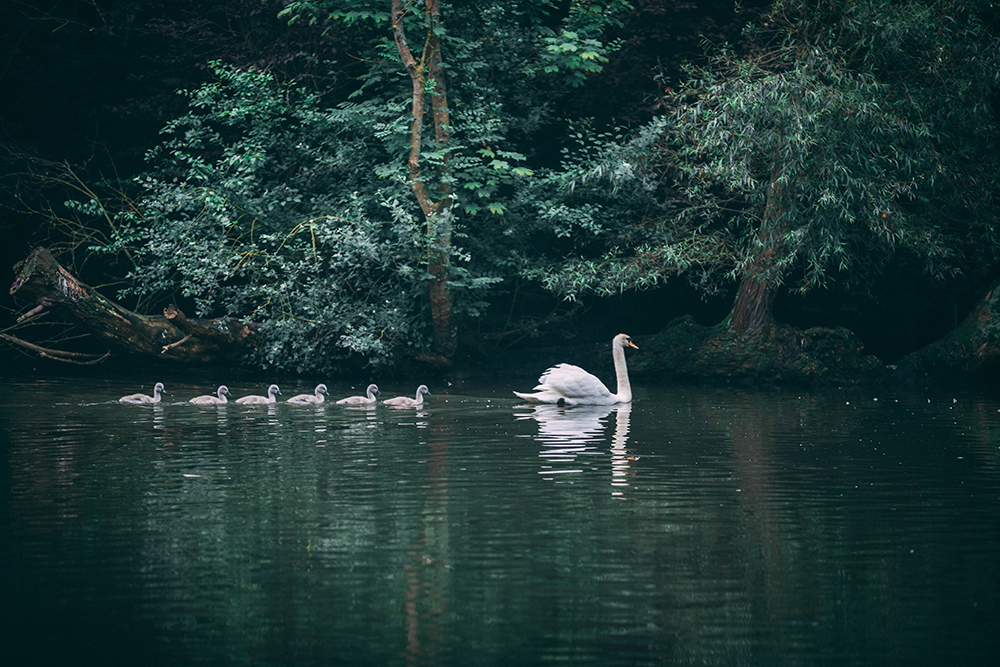
Swans taken with Canon 1D X Mark II and Canon 70-200mm F/2.8L IS USM II Lens @200mm. Settings: 1/200 sec. f/2.8. ISO 200
Spring Photography Genres
Landscape photography will be one of the first genres that spring to mind this season. While it's accessible year-round, this transitory period from cold to warmth specifically enlivens broad and narrow landscape shots.
It’s worth choosing your locations based on the conditions of the day. When shooting landscapes, allowing the season’s unique light and weather to dictate your subject is crucial – leaning into what your surroundings offer you results in thoughtful, powerful photos. At golden hour, especially just after sunrise, you can capture a mixture of both warmly lit, rolling terrain and mist, either lifting or falling again.
Wildlife is also understandably one of the primary focal points for spring photography. Witnessing the countryside awaken from the dormancy of winter is powerful, leading many photographers to use it to their advantage. With wildlife activity at a maximum, there are so many different focal points to convey this impression.
The lights and colours in the outside world reward anything. Portraits, events and more are perfect in spring; getting outdoors to do these shoots of this kind gives the resulting photos depth.

Bluebell forest taken with Canon EOS 80D and Canon EF 50mm f/1.8 STM Lens. Settings: 1/1000 sec. f/1.8. ISO 100
Spring landscape photography
As discussed, spring is one of the most exciting times to exercise your landscape photography muscle. After the bleakness of winter, spring engulfs the countryside in beautiful light and colours that can make any scene a masterpiece.
The one thing that will transform your landscape photography all year round is planning. Unfortunately, it’s impossible to make the best shots having just chanced them – the best landscape photographers are meticulous about location, weather and lighting, and know what they’re going for the second they set off.
In spring, this is hugely important. Although the weather is often gorgeous this season, it’s inconsistent. This isn’t all negative, however – embracing those April showers can make for some truly interesting shots. Timing is also critical, as knowing when the best lighting conditions will be is so much easier than leaving it to fate.
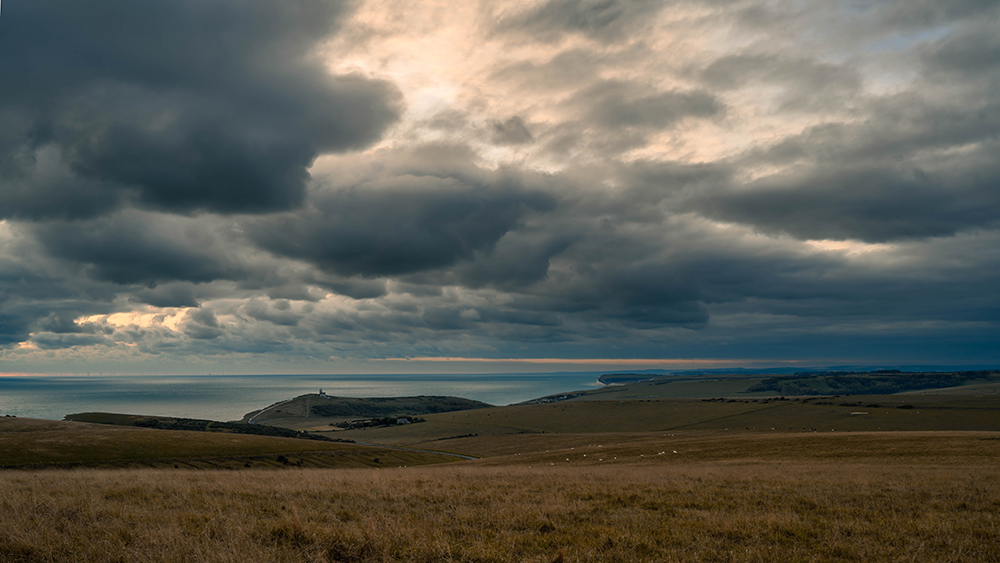
Spring landscape taken with Nikon Z7 and Nikon Z 35mm f/1.8 S Lens. Settings: 1/30 sec. f/10. ISO 64
Playing with unique compositions is an effective way to bolster your spring landscape photography. For instance, focusing on flowers in the foreground with a sharp background element also makes for an intriguing shot. Additionally, this provides a counterbalance to the background, creating a composition that's even and visually pleasing.
This is important when capturing a sense of scale, which is vital in creating an atmosphere of growth and liveliness in nature. By getting low down and playing with proportions between foregrounds and backgrounds, you can emphasise exactly what you want to, no matter how small or grand. Additionally, giving context helps a viewer make sense of your subject, meaning your photo imposes a much stronger impression.

Spring daffodils taken with Sony ZV-E1 and Sony FE 20-70mm f/4 G Lens @70mm. Settings: 1/80 sec. f/4. ISO 200
Spring wildlife photography
Wildlife photographers adore this season as it’s the point at which everything starts anew. After all, its role in nature’s calendar is for new life to begin. The window in which the countryside is sprawling with action and new life is golden.
When photographing young animals, timing is everything. Not only do you need to be out when they’re out (a narrow time frame), but as with all wildlife photography outings, you must be on your toes. Using a camera with snappy continuous autofocus will help you do so, especially considering many modern cameras come with animal subject detection, making your life a lot easier.
Looking for scenes that tell a story is also vital. Within the context of spring, there’s so much you can focus on that captures the essence of the season through wildlife. It’s the annual peak of animal activity, so almost all local fauna will be up and about, each doing something different for you to explore. For the best photos, immerse yourself in this bustling environment.
Birds are one of the most common focuses among wildlife photographers, and it’s no surprise. They’re easy to find and photograph; however, they’re also dynamic, colourful creatures that work with their leafy habitats to create a beautiful combination of subject and scenery. This makes them a must for a strong spring wildlife photography portfolio, especially now that they’re out all day and surrounded by colour.
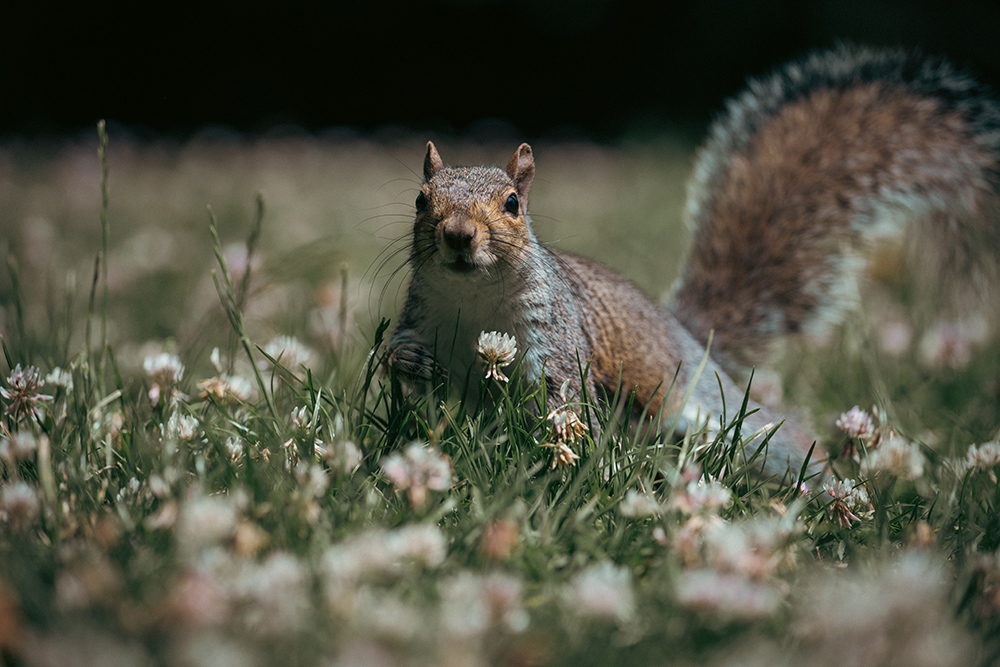
Squirrel taken with Nikon Z7 and Nikon Z 100-400mm F/4.5-5.6 S Lens @220mm. Settings: 1/640 sec. f/5. ISO 100
Harnessing Spring Light
Unlike the unforgiving conditions of winter, spring provides photographers with much more light to work with. The days get longer, the sun gets warmer, and both sunsets and sunrises are explosive. If the weather’s perfect, almost every hour of the day enables beautiful photos.
The best time for capturing rich, dynamic shots is undoubtedly at sunrise and sunset. Getting out at these hours is a sacrifice that many photographers are more than happy to make to capture those perfect, 10-15 minute windows.
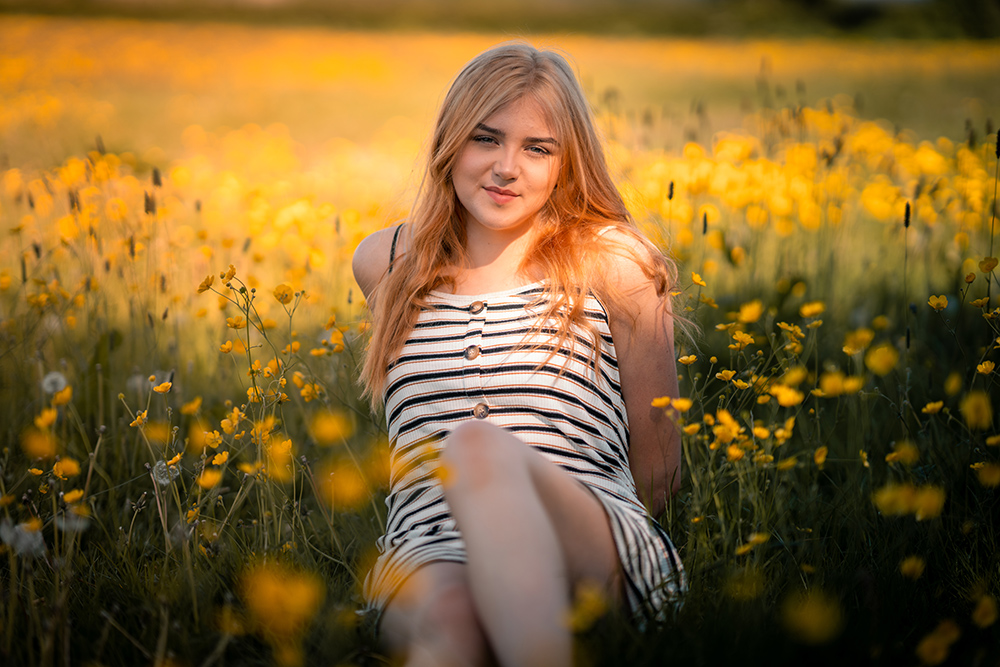
Portrait taken with Sony A7 IV and Sony FE 85mm f/1.4 GM Lens. Settings: 1/2500 sec. f/1.4. ISO 100
On either side of these windows, however, are the ‘magic hours’ – namely blue hour and golden hour, which are beloved by photographers for good reason. The latter works best for capturing the energy and vibrance of spring, as the soft light paints a naturally warm hue onto everything on the ground.
Golden hour is primarily associated with that period just before the sun sets; however, shooting just after sunrise in spring is a brilliant way to capture the feeling of those brisk yet bright mornings. While there’s still dew on the plants and perhaps a bit of morning mist, you can capture nature as it wakes up, which is the perfect way to emphasise what spring symbolises in the environment. Beyond this, there’s something deeply enjoyable about shooting at the crack of dawn, with only you, your camera and your environment to keep you company!
Even if you can’t find the time to shoot during this window, you can allow the light to define your focus and shape your landscape photos. For example, if all you have to work with is harsh, top-down sunlight, then perhaps capturing the dappled light through forest leaves is the best way to capture the feeling of spring. Alternating pockets of light and shade covering flowers on the forest floor perfectly summarise the essence of the season.
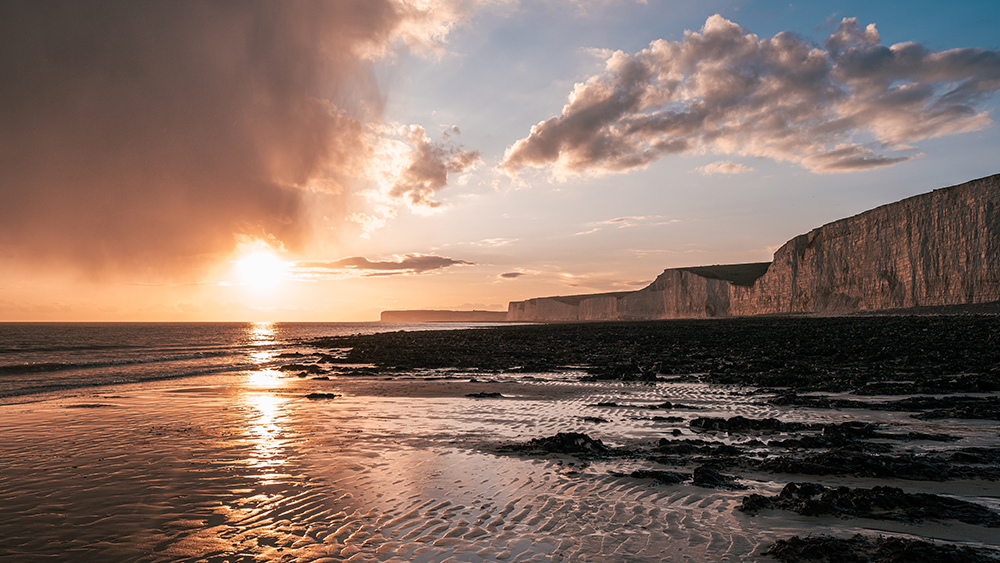
Seascape taken with Fujifilm X-T3 and Fujifilm XF 18mm f/1.4 R LM WR Lens. Settings: 1/250 sec. f/4.5. ISO 160
Spring close-ups + macro photography
With so much starting to happen around this time of year, sometimes focusing on the details can be a brilliant way to engage in storytelling with your photography. By providing new perspectives on all the energy within nature, showing off engaging subjects and shots is simple.
The main appeal of spring is the abundance of colour that seems to take over the entirety of the outside world. If you emphasise this in your photos by focusing on small, frame-filling details, the resulting images are vibrant vignettes that capture the essence of the season.
Focusing on flowers is perhaps the easiest way to go about this. As they’re all starting to bloom, you can get close up to the colours they display, without the subject moving too much. Thinking about your composition is essential here, as picking out a single flower among a bunch for example demonstrates control over the viewer’s eye, and makes for a photo that’s truly impressive to look at.
Shots like these are enhanced by a masterful control of natural light. Letting sunlight break through gaps in flowers and foliage creates a feeling of sheer brightness that’s just impossible to get away from. Shooting at smaller apertures approaching f/22, you can achieve a beautiful starburst effect through diffraction where the light hits.
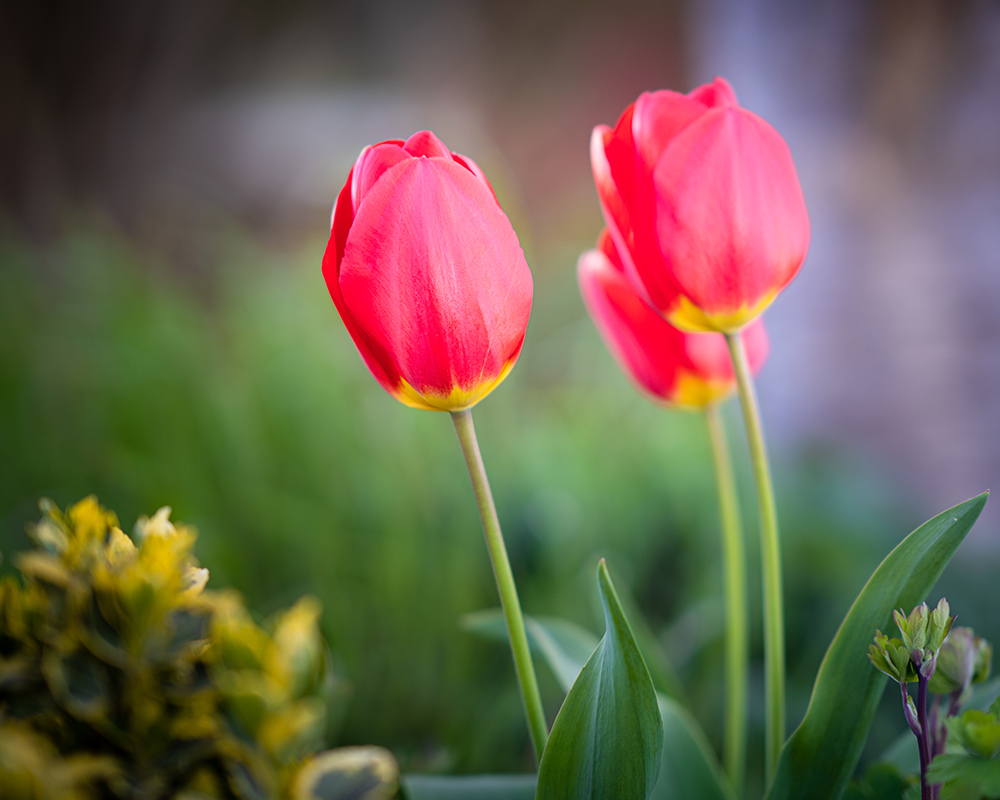
Tulip flowers taken with Sony A7 IV and Sony FE 85mm f/1.4 GM Lens. Settings: 1/500 sec. f/1.4. ISO 100
If you’re looking for more of a challenge, focusing on insects is another brilliant way to extract some intrigue out of the season by delving into macro photography. Bees, butterflies, dragonflies, ladybirds and more are swarming in the UK landscape right now, and make for some interesting subjects if your focusing and composing abilities are quick enough for the task.
Park Cameras is here to support your photographic needs all year round with the best cameras, lenses, accessories and more. If you’re looking for the right tools to supercharge your photography this spring, this is the place!
Share this post:
By Thom Pyle on 20/03/2024

Trade in your old equipment
Fast and easy trade in service ensures your old gear is collected efficiently and you are paid quickly! It's very simple to trade in your unwanted photography gear. Just head over to our dedicated Sell or Part Exchange page, fill out the details, and we'll get back to you with an offer for your old gear. Take the cash, or put it towards the cost of your new gear. It's up to you! Find out more
sign up to the newsletter
Keep up to date on the latest photography news, events and offers. Sign up now
